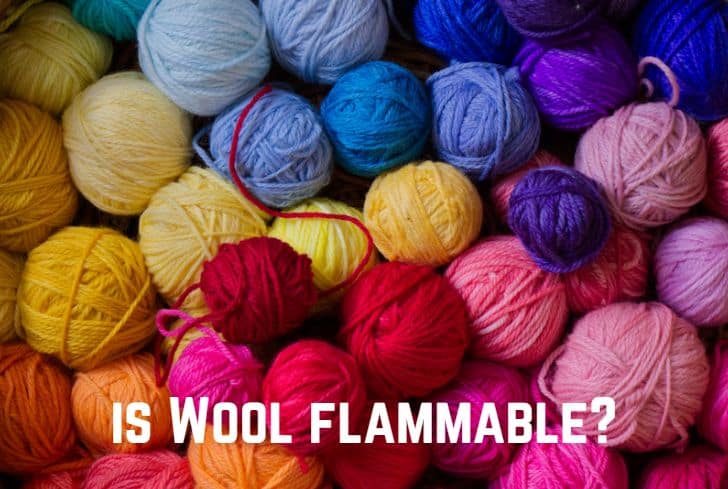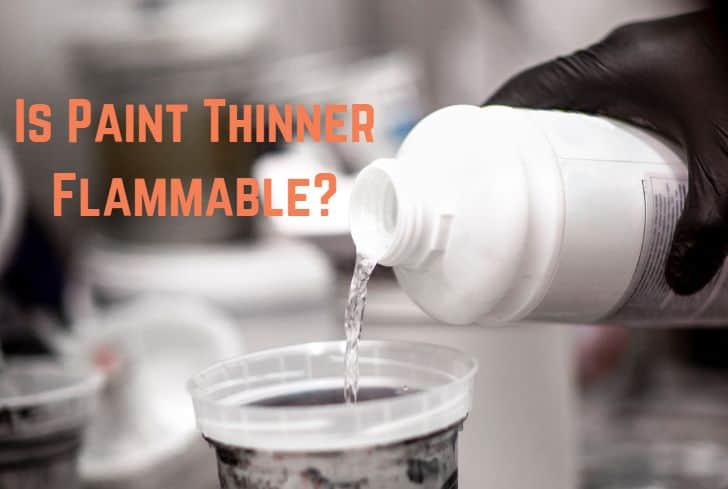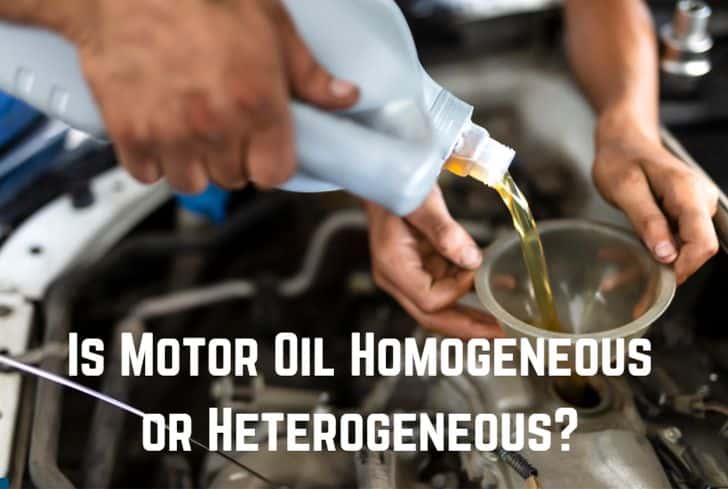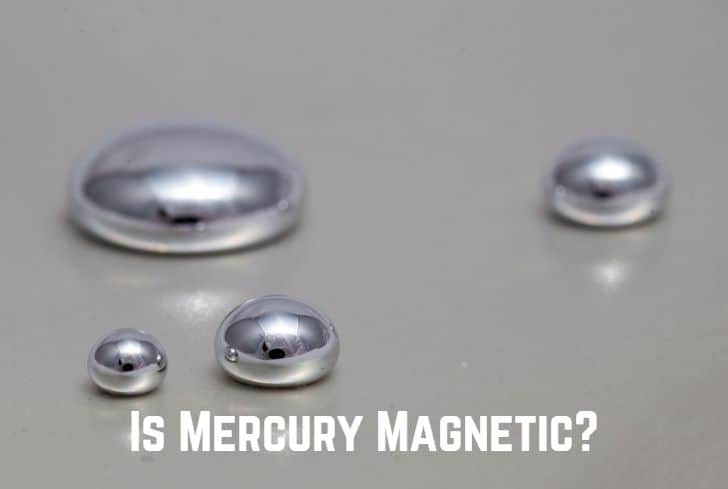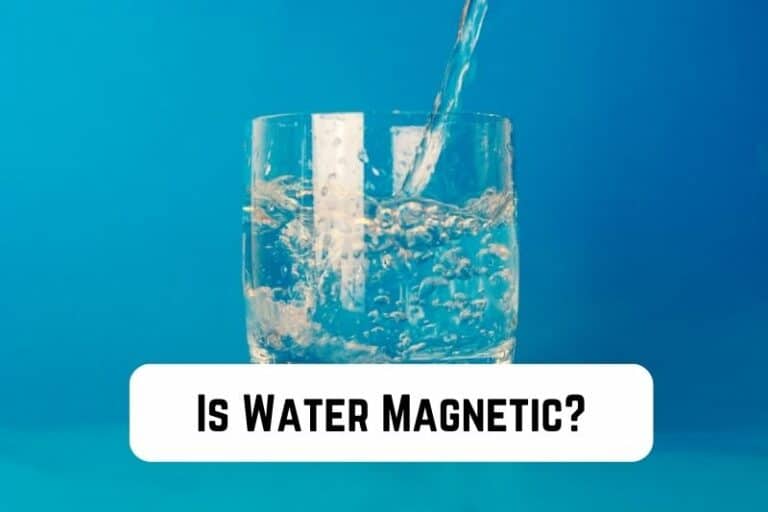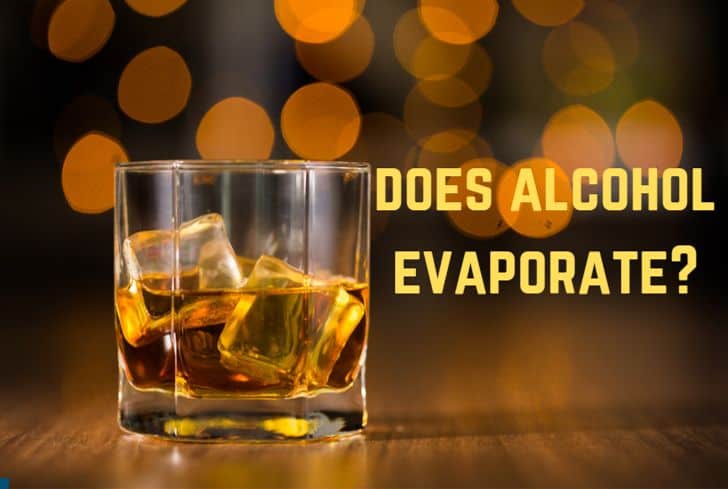Does Copper Conduct Electricity? (Yes. It Does)
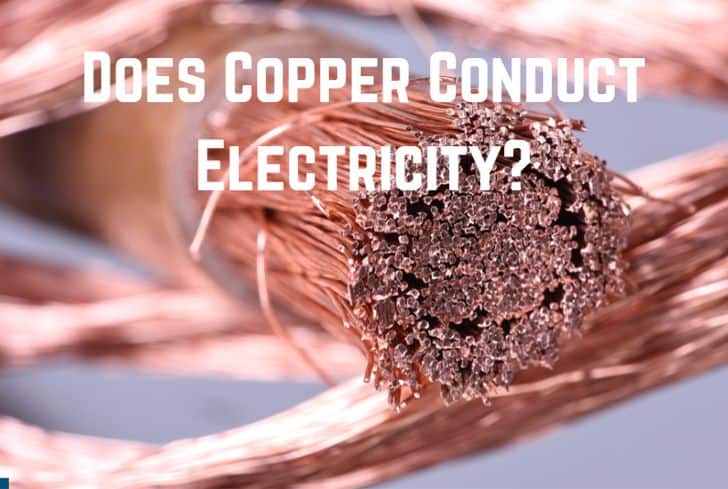
You may have noticed that most electrical connectors in your house are coated or made from copper. Power generation, distribution, transmission, and telecommunication all use copper electrical connections. Most electrical connectors and cables are copper, so why is that? Does copper conduct electricity?
In this article, we clarify if copper is a good conductor of electricity in this article and whether its conductivity varies with temperature. Additionally, you’ll learn whether copper corrodes, reacts with water, or conducts heat. Finally, we will tell you more about copper’s properties and uses.
Read: Does Wood Conduct Electricity? (No. But Why?)
Is Copper a Good Electrical Conductor?
Copper is a good conductor of electricity because it has free electrons. The free electrons in copper atoms align in one direction when an electrical potential is applied. Then they cross over to the positive terminal from the negative one. The electrons conduct electricity because they move while carrying an electric current.
When kinetic energy, a type of energy found in nature, is present, electrons can flow without restrictions. An atom becomes too energized when adequate energy is continuously applied to it. The electron finds it challenging to maintain its specified orbit after a while. The electron leaves the orbit and moves freely away from it as the orbital radius increases.
Charges move when there is an electric current. An element is a good conductor if free electrons are readily available. As a result, copper is a good conductor of electricity in this scenario because it possesses free charge carriers.
Why is Copper a Good Conductor of Electricity?
Due to the orbital structure of copper, it tends to be a good conductor of electricity. The metal has a [Ar] 3d104s1 electronic structure. Because it is far from the nucleus, the valence electron in the fourth orbit is loosely bound. The copper atoms’ loosely linked electrons separate when voltage is applied and begin moving toward the positive terminal while carrying an electric charge.
Low ionization energy is another factor that makes copper a strong conductor of electricity. The ionization energy for copper is 7.72 eV, which is quite low. It is simple for a copper atom to shed its valence electron and become CU-positive due to low ionization energy.
The free valence electron is far from the positively charged nucleus since it is situated in the fourth subshell. The negatively charged free electron is not firmly held by the nucleus and finally separates from the copper atom. At that point, the negatively charged electron will begin to move freely around the atom.
More on the electrical conductivity of copper: What is Electricity? Part Two: The Atomic Structure of Copper
Until an electric potential is applied, the negatively charged free electrons will continue to move between the atoms. The metal’s ends are now defined as positive and negative through the application of a voltage. The negatively charged electrons will now begin to move in the direction of the metal’s positive terminals. An electric current is the movement of these charges.
Copper has a low level of resistivity, making it a good conductor. Its resistivity level is 1.68×10−8 at 20 °C, which is too low. The difficulty that the electric current encounters as it travels through a conductor are called resistance. When an electrical current flows through a material after a while, electrical resistance causes the material to heat up.
Does the Conductivity of Copper Vary With Temperature?
Copper’s conductivity is affected by changes in temperature. Most of the time, a rise in temperature causes copper’s electrical conductivity to decrease. The mobility of free electrons inside copper is what allows for electrical conductivity. The free electrons have more energy as the temperature rises, allowing them to move in the space around the atoms.
The movement of the atoms in the copper metal is now possible due to an increase in temperature. Atomic motion results in lattice vibrations. These vibrations slow the free movement of the electrons. The vibrations bring the free electrons into contact with the atoms or the lattice structure. Electrical conductivity decreases when the electrons can no longer move around quickly.
Read: Does Potassium Conduct Electricity? (Answered)
Does Copper Conduct Heat?
Copper is a good conductor of heat. With a thermal conductivity of 399 W/(m•K), it follows only silver. A substance’s capacity to conduct heat is measured by its thermal conductivity. A lattice of ions with free-moving electrons exists in copper. The copper metal vibrates, and the electrons can pass through it quickly. Heat results from the movement.
As the hot ions migrate toward the cold end, the free electrons collide with them, giving off energy in the process. The electron collides with a cold ion as it moves toward the cold end, increasing vibration. Copper electrons transmit heat from one end to the other by the ion’s vibrations, which is how it generates heat.
Copper quickly absorbs heat and retains it for a long time. A higher thermal conductivity level exists for copper. As a result, it is categorized with metals that have a high heat conductivity. It has a 60% better heat conductivity than aluminum and a 30% better heat conductivity than stainless steel.
Does Copper Corrode?
Due to oxygen exposure, copper corrodes and develops a greenish coating over time. Copper loses its free electrons during corrosion to an electrolyte solution (water) and oxygen, two elements that tend to absorb more electrons. The reactions quicken the process by which oxygen receives electrons from metal. The formation of the greenish patina shows what happens when copper corrodes.
The initial greenish coating soon takes on colors of brown, black, and a peculiar tint of blue-green. When copper is exposed to oxidizing acids, ammonia, sulfur, and road salt, corrosion occurs more quickly.
Corrosion in copper isn’t always a terrible thing, though. For example, did you know that the greenish coating on the statue of liberty is patina? The oxidative coating on copper lends the copper item a beautiful appearance. Additionally, it stops additional rusting and oxygen exposure. The fundamental justification for why metal is most frequently used for roofing, outdoor sculptures, and gutter work.
Read: Does Graphite Conduct Electricity? (Yes. But Why?)

Does Copper React With Water?
Copper does not react with water. When metals come into contact with water, their chemical reactions differ. In the presence of oxygen and other impurities, copper usually reacts with water but at a slow rate. The reaction causes the water to have a metallic taste. When there are no impurities present, copper and water do not react.
The metallic taste in water that has reacted with copper is due to pollutants forming a complex of copper salts.
Copper is below hydrogen in the reactivity series of metals. Metals are either reactive or non-reactive depending on their position above or below hydrogen. Under normal circumstances, no metal below hydrogen can remove hydrogen from water. When mixed with oxygen and other pollutants, copper can replace hydrogen in water.
Since water’s oxygen is locked up in a compound, copper does not react with oxygen. One part oxygen and two parts hydrogen make up the compound. Copper oxide is made of copper and oxygen.
Properties and Uses of Copper
Copper has a beautiful face-centered cubic crystalline structure and a reddish hue. It is one of the earliest metals that people have used. The metal possesses metallurgical properties and is naturally found in a useful form.
Properties
Let us see in the below table some of its most famous properties:
| Physical properties | Chemical properties |
| – Boiling point of 4643.6°F (2562°C). | -Does not react with water but reacts with oxygen to form copper oxide. |
| -Reddish-orange substance and is denoted by the symbol CU. | -Low chemical reactivity. |
| – Melting point of 1984.3°F (1084.6°C). | -Forms alloys with other metals. |
| -Soft and malleable. | -Has atomic number 29. |
| -Corrosion resistance. | |
| -Antimicrobial/Biofouling resistance |
Uses
Numerous industries favor copper because of its many beneficial traits. It is malleable, heat- and electricity-conductive, and ductile. Electrical wiring is best done using copper. However, copper can be used in a wider range of applications thanks to other alloys, including bronze, brass, and cupronickel.
These are the principal applications of copper.
- Since copper conducts electricity well, it makes wires, cables, integrated circuits, generators, inverters, and capacitors.
- It is used to create heat sinks, the bottoms of premium cookware, and heat exchangers in hot water tanks because of its capacity to dissipate heat.
- Due to its role in the reactions that transport oxygen and electrons, copper is a crucial trace metal in plants and animals.
- Because it is less oxidative than other metals, copper is mostly employed as a weatherproof architectural material. Copper does not rust readily; instead, it develops a copper oxide patina, a bluish-green coating. The copper’s conductivity is unaffected by this coating, which keeps it from rusting.
Read: Does Brass Conduct Electricity? (Is It Insulator or a Conductor?)
Conclusion
Copper is an effective thermal and electrical conductor. In addition to carrying an electric current, free electrons vibrate and generate heat. When copper corrodes, a lovely greenish layer known as patina forms, halting further corrosion.
It is important to remember that although copper corrodes, water doesn’t react with it unless impurities are present. The conductivity of copper changes as temperature rises. Copper is the material for many industrial applications because of its various properties.

